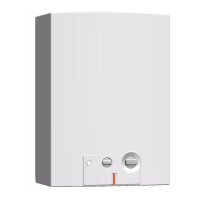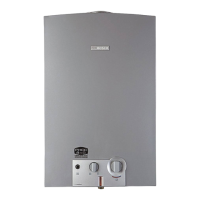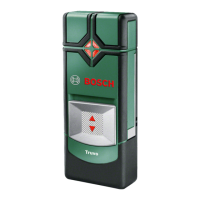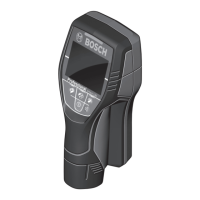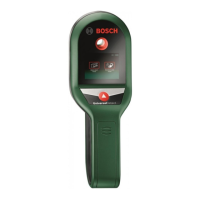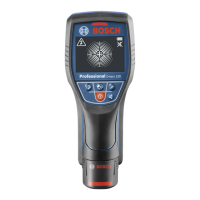24 en | Maintenance and Service Automatic Detectors LSN improved
2019.11 | 4.0 | F.01U.025.877 Operation Guide Bosch Sicherheitssysteme GmbH
5.1 Notes for the Service
Notice!
The serial number, contamination level, operating hours and current analog values can be
read out at all configured detectors (BZ500LSN, UEZ2000LSN, UGM2020: via WinPara,
FPA‑1200/FPA-5000: via panel display).
Contamination level: The contamination level is given as a percentage:
Contamination level Fire panel display Required action
Light (> 50%) LS contam Clean at next service
Moderate (> 75%) LS dusty Reliability of detection is still guaranteed,
clean as soon as possible
Heavy (100%) LS malfunction Reliability of detection no longer guaranteed,
fault indication at the fire panel
Operating hours: Display of the operating time in hours since first putting into operation.
Current measurement values:
Analog smoke value of the scattered light sensor:
Detector state Value
New detector, as supplied < 300
Light contamination > 500
Heavy contamination > 600
Malfunction will be triggered > 700
Maximum measurement value 1023
CO value: Current measurement value of the CO sensor (only in the case of FAP‑OC520). The
maximum measurement value is 1023.
5.2 General Notes for Detector Testing
The FAP‑OC520 detector has an additional sensor for CO detection in case of fire. The CO
sensor provides improved response behavior and increased stability against nuisance alarms
in critical environmental conditions.
For fire detection, FAP‑520 detectors use the time behavior of the fire characteristics, which
differs from the time behavior of disruption variables. Therefore, for a functional test, the
detector must be switched to test mode. Switching to test mode can occur in two ways,
which are described in the alternative test procedures (see below).
Notice!
Detectors that are programmed for two‑detector dependency must be tested in accordance
with the first alternative (in test mode).
For the detector test you need:
– Detector test device for optical fire detector and
– FAA‑500‑TTL test adapter with magnet
For the OC detector you need in addition a COtesting gas for detector with COsensor.

